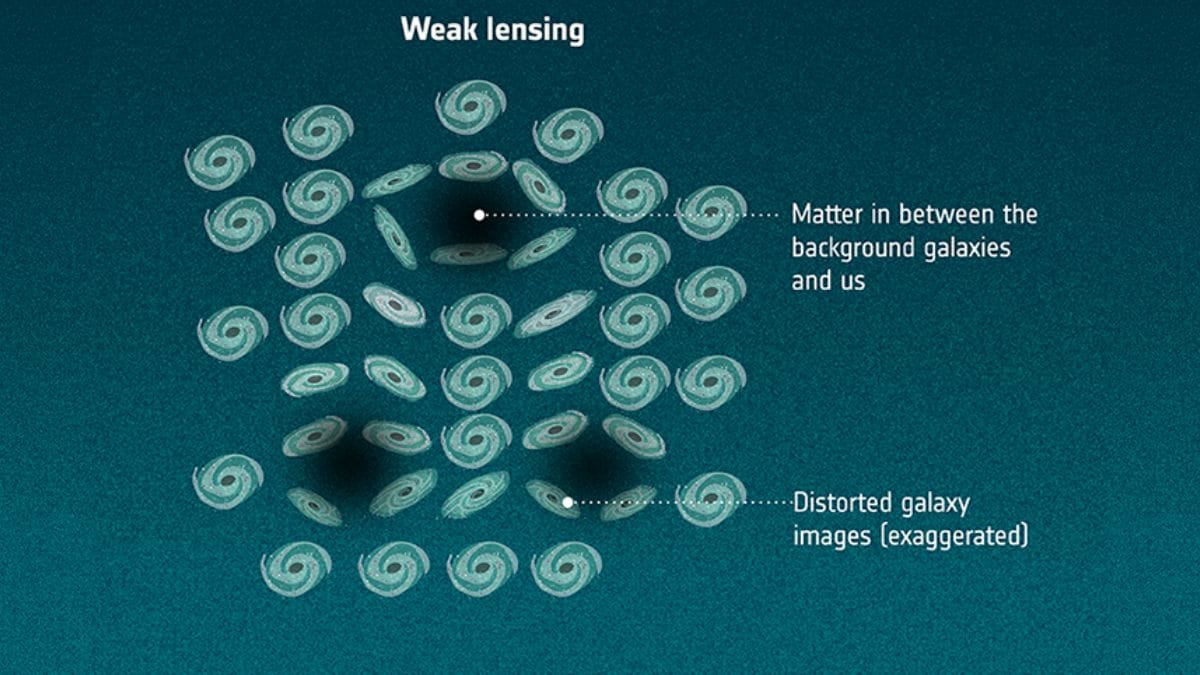Now Reading: Is Our Universe Truly Even? New Research Takes a Closer Look
-
01
Is Our Universe Truly Even? New Research Takes a Closer Look
Is Our Universe Truly Even? New Research Takes a Closer Look

Have you ever wondered if there’s a center to the universe? Or if the universe is sprawling in all directions equally? That’s what scientists are trying to figure out using a fascinating method called weak gravitational lensing.
Imagine the universe as a vast cosmic sea. Massive objects, like galaxies and galaxy clusters, act like “gravitational lenses,” bending the light from distant objects behind them. This bending, called weak gravitational lensing, acts like a cosmic magnifying glass, allowing us to study objects too faint to see otherwise.
The Cosmological Principle, a fundamental idea in cosmology, suggests that the universe is both homogeneous (the same everywhere) and isotropic (the same in all directions). But recent observations of the cosmic expansion and the cosmic microwave background (the afterglow of the Big Bang) have sparked questions. Could our universe be a little bit different?
Scientists at the University of the Western Cape, led by astrophysicist James Adam, are using new data from the Euclid Space Telescope to investigate this question. The Euclid telescope is designed to meticulously map the shapes of millions of galaxies, analyzing the subtle distortions caused by weak gravitational lensing.
If the universe is truly isotropic, we should only see a specific type of distortion called E-mode shear. But, if the universe isn’t perfectly uniform, we might see a different type of distortion called B-mode shear.
This B-mode shear could be a sign of a non-uniform cosmic expansion – imagine the universe stretching unevenly in different directions, like a balloon being blown up in an awkward way.
- Could this be a game-changer?
Discovering a universe that’s not perfectly homogeneous and isotropic would be a major shift in our understanding of cosmology. We might need to rethink our current models of the universe and how it evolved.
But before we rewrite the cosmic rulebook,
further studies are needed. Are these anomalies in the data real, or just observational errors?
The next few years will be crucial as scientists analyse the detailed data from Euclid, piecing together the true nature of our vast and mysterious universe. Are you excited to see what they find?
Let us know your thoughts in the comments below!























